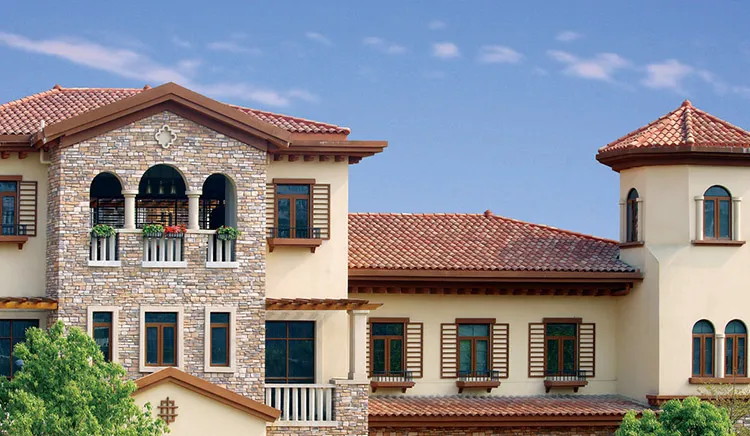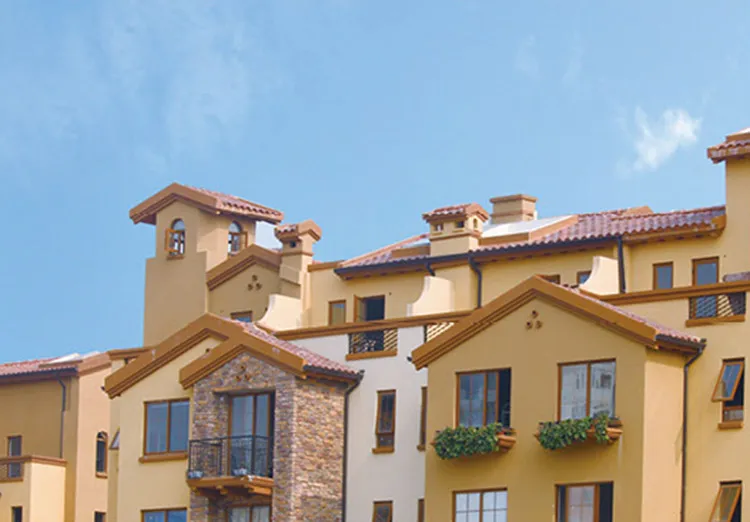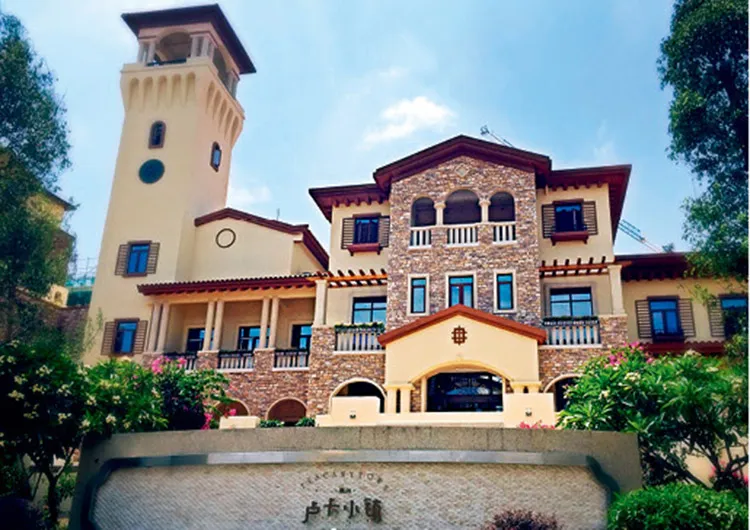For many potential consumers and builders, the price of Roman clay tiles and how they are sold remains an important question that needs to be understood in detail.
This article will take a deep dive into the price of Roman clay roof tiles, how they are sold, and the factors that affect the price, helping readers better understand the market dynamics of this classic building material.

How much do Roman clay roof tiles cost?
The price of Roman clay roof tiles varies depending on a variety of factors, including production costs, tile quality, origin, and market demand. Generally speaking, Roman clay tiles are relatively expensive due to their complex manufacturing process, high-quality materials, high-temperature firing, and strict quality control.
1. Price per piece
The price of Roman clay tiles is usually calculated by piece. According to market research, the price of each Roman clay tile is roughly between $2 and $5. The specific price depends on the size, thickness, color, and brand of the tile. For example, handmade high-end tiles are more expensive, while mass-produced standard tiles are relatively cheaper.
2. Price per square
In addition to selling by piece, Roman clay tiles can also be sold by square. The price sold per square meter depends mainly on the number of tiles required per square meter and the installation cost. Generally speaking, the price of Roman clay tiles ranges from $20 to $40 per square meter. This price includes not only the cost of the tiles themselves, but also transportation, installation and other additional costs.

What are the factors that affect the price of Roman clay tiles?
Factors affecting the price of Roman clay tiles: production process (complex process, high time cost, higher price), raw materials, transportation distance (the longer the transportation distance, the higher the cost), market demand, brand influence.
1. Production process
The production process of Roman clay tiles directly affects their price. Handmade tiles are more expensive due to complex processes and high time costs. Mechanized production tiles are relatively cheaper due to high production efficiency and low cost. Different production processes will also affect the quality and appearance of tiles, so consumers need to consider price and quality comprehensively when choosing.
2. Raw materials
The raw materials of Roman clay tiles are mainly natural clay. The quality and mining costs of clay in different regions are different, which will also affect the price of tiles. Tiles made of high-quality clay have better durability and waterproof performance, and the price is naturally higher. In addition, the color, texture and appearance of the tiles will also be affected by the raw materials.
3. Transportation distance
Due to the heavy weight of Roman clay tiles, transportation costs account for a certain proportion of the price. The longer the transportation distance, the higher the cost. In addition, the risk of damage during transportation and packaging costs will also affect the final price. Consumers need to consider transportation costs when purchasing and choose the right supplier and transportation method to reduce unnecessary expenses.
4. Market demand
Market demand is also an important factor affecting the price of Roman clay tiles. In periods of high market demand, prices may rise. In periods of low demand, prices may fall. Consumers can pay attention to market trends when purchasing and choose the right time to purchase in order to get a more favorable price.
5. Brand influence
Different brands of Roman clay tiles also have large differences in price. Well-known brands are usually more expensive due to their quality assurance and good after-sales service. Some emerging brands or niche brands may have lower prices. When choosing a brand, consumers need to consider brand reputation, product quality and price to make a wise decision.

Comparison of Roman clay tile sales by piece and by square
There are two main ways to sell Roman clay tiles: by piece and by square. Different sales methods have their own advantages and disadvantages, and consumers can choose the appropriate method according to their specific needs and budget.
1. Selling by piece
The advantage of selling by piece is high flexibility. Consumers can buy the number of tiles according to actual needs to avoid waste. Especially for small roofs or local repairs, buying by piece is more economical. In addition, selling by piece also makes it easier for consumers to inspect and select the quality of tiles to ensure the quality of each tile.
The disadvantage of selling by piece is that the calculation and budget are relatively complicated. Consumers need to accurately calculate the number of tiles required based on the roof area and tile size. In addition, buying by piece also needs to consider transportation and installation costs, and the overall cost may be high.
2. Selling by square
The advantage of selling by square is convenience and speed. Consumers only need to provide the roof area, and the supplier can provide the required number of tiles and installation services according to the standard configuration. The price of selling by square usually includes the cost of tiles, transportation and installation, and the overall budget is clearer.
The disadvantage of selling by square is low flexibility, and consumers cannot freely choose the number and quality of tiles. In addition, the price of selling by square may be higher, especially for small roofs or local repairs, buying by square may not be economical enough.
Conclusion
Roman clay roof tiles are favored by architects and owners around the world for their unique design, excellent performance and long history. Their prices vary depending on many factors, including production process, raw materials, transportation costs, market demand and brand influence.
Selling by piece and selling by square each have their own advantages and disadvantages. Consumers can choose the appropriate sales method according to their specific needs and budget. With the increase in market demand and the diversification of architectural styles, Roman clay tiles have broad market prospects in the fields of high-end residential, commercial buildings and historical building restoration.

